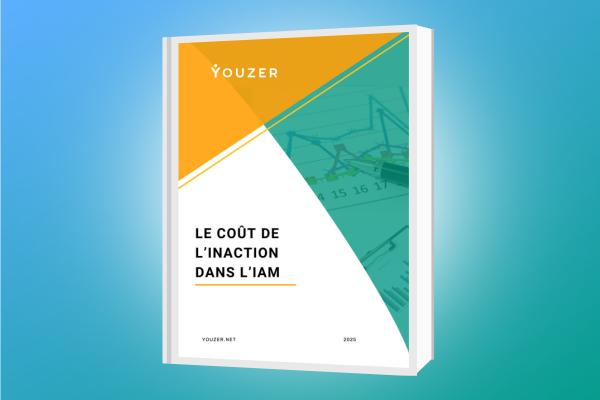Known as MFA, multi-factor authentication or 2FA, double authentication (2 factor authentication), it is a security system that identifies an online user through at least two means of proving their identity.
MFA uses different certification accesses such as:
- A password, a code
- Validation using a personal device such as a telephone
- A physical proof such as a fingerprint, iris or voice
The strength of MFA lies in combining at least two of these identification methods.
1. Prevention against cyberattacks
Let's state the obvious: one of the best defenses against cyberattacks is the protection of your IS! The more your users have reinforced identification systems, the more secure your IT system will be. To support this point, a 2021 Verizon report shows that stolen credentials were the cause of 61% of corporate breaches.
Two-factor authentication is therefore an excellent shield against password weakness, identity theft, phishing and the use of ghost accounts. It is very difficult for a hacker to bypass MFA.
2. Reinforces good business practices
The IT department has an educational role towards users; it explains, gives best practices, takes protective measures, raises awareness... Implementing MFA is also telling users: our words are not just words, they are also actions, this is how to secure your access.
The benefit of 2FA is twofold: it secures access, which satisfies both the IT department and the users, who can rest assured about the security of their software access. The theft of personal information, or worse, the fraudulent use of their software, is not appreciated by users. ☹️
In addition, with the increase in teleworking, securing access from anywhere has been facilitated by 2FA.
3. MFA + SSO = IT department and user satisfaction
Of course, employees are not thrilled at first; complicating their connection does not make them jump for joy. However, combining the implementation of multi-factor authentication with Single Sign-On is excellent for the IT department and users.
Let's briefly recall what SSO is: an authentication system that allows you to connect using a single password.
If you reduce access to different software and sites with a single password, you strengthen the security of your IS, and if this single password is strengthened, then you maintain a strong barrier.
4. Compliance for specific sectors
Some sectors are subject to very strict regulations and legislation for which MFA is almost mandatory, or even mandatory for banks and payment service providers with the DSP2 directive.
Even personally, we notice that MFA is increasingly present in our lives. Google Messaging has made MFA mandatory, as have banks and some health services.
The CNIL has published an article on this subject for the general public.
5. MFA as a criterion of seriousness
With SaaS software increasingly prevalent, it is crucial for IT to control access. This software often contains sensitive data for users and/or the company; securing access ensures a secure IS.
Thus, it is crucial to control your shadow IT, access rights, account sharing, etc., but it is also important to secure the solutions that have access to your IS. A solution that makes every effort to protect its application and its users facilitates the work of IT.
Two-factor authentication remains an effective and non-intrusive solution, hence its success.





